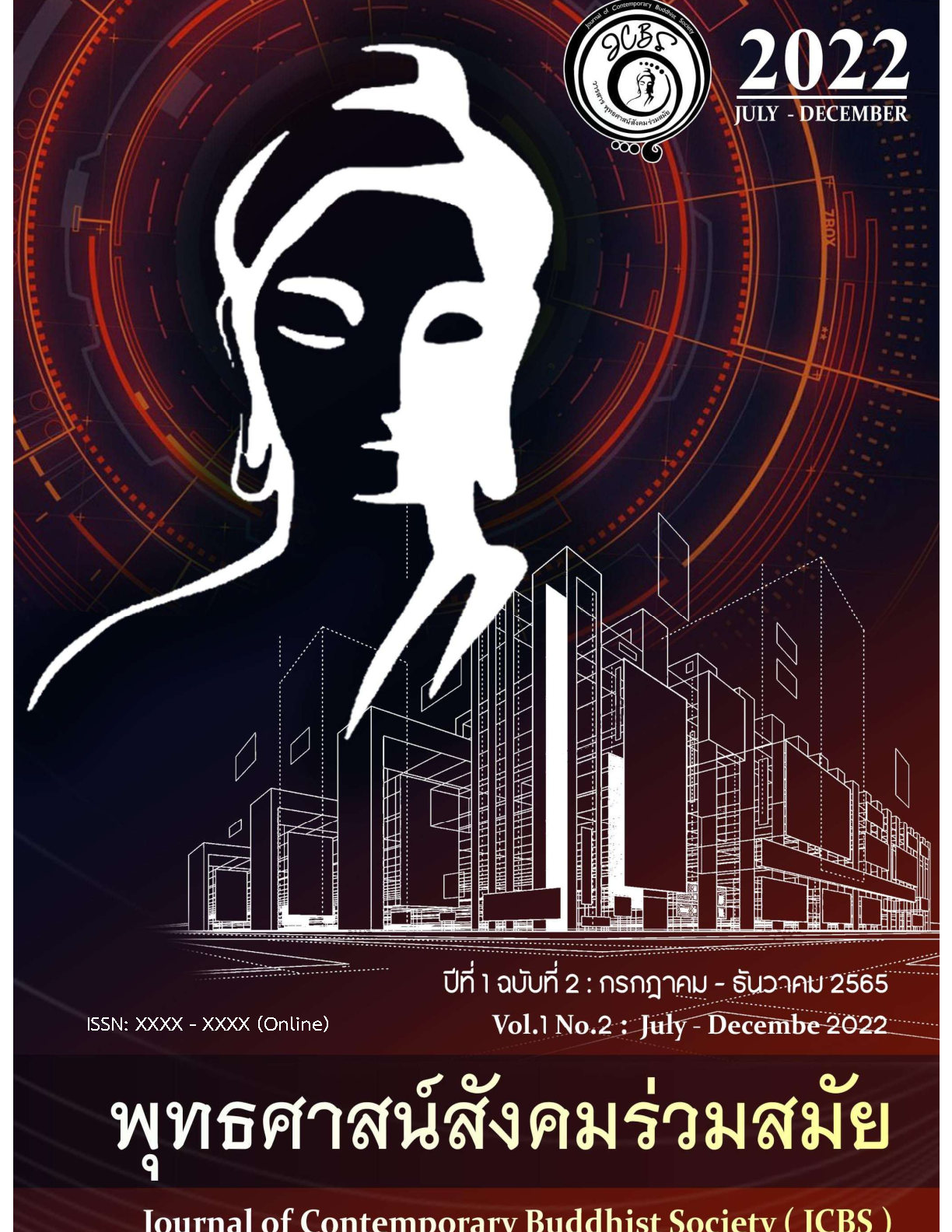BREATH OF HEALTH : PRINCIPLE OF INTERGRATED ANAPANASATI PRACTICE TO ENHANCE OVERALL HEALTH
Keywords:
Breath of Health, Anapanasati, IntegrationAbstract
This academic article aims to study “The Value of breath” from the study found that Observing your breathing and practicing breathing properly can have many benefits for your body and mind. In the Buddha’s time. the Buddha realized the Four Noble Truths by observing his breath or his consciousness. Anapana Sati Meditation up to 16 steps on the night of Vesas Day The Buddha spoke about merits of observing the wind. Many breaths in the sutra Proper breathing awareness not only relaxes the body. it also boosts the immune system in the body. And absorb various minerals and vitamins effectively as well. helping miraculously cure various deseases Psychologically. practicing watching your breath is a great way to relax. de-stress.
An control your emotions. It is also a tool for consciousness. The Budda said. “Monks. Anapanasati Samadhi that the monks have developed if you do a lot. there will be a lot of results and a lot of merit” In other words. watching the breath is a method of meditationthe the Lord Buddha highly praised. For the monks to practice. and The Buddha himself used it as a Dhamma temple both before and after enlightment Helps to calm the body and mind. Until the breath is refined and refined Moreover. to the point where it is almost impossible to detect breath. the body is able to sustain itself with little energy. It is a meditation that can be accomplhished to the highest level.
References
พระดร. พี วชิรญาณมหาเถระ. (2542). สมาธิในพระพุทธศาสนา. กรุงเทพมหานคร: โรงพิมพ์มหาจุฬาลงกรณ์ราชวิทยาลัย.
มหาจุฬาลงกรณราชวิทยาลัย. (2539). พระไตรปิฎกภาษาไทย ฉบับมหาจุฬาลงกรณราชวิทยาลัย. กรุงเทพมหานคร: โรงพิมพ์มหาจุฬาลงกรณราชวิทยาลัย.
Downloads
Published
How to Cite
Issue
Section
License

This work is licensed under a Creative Commons Attribution-NonCommercial-NoDerivatives 4.0 International License.



